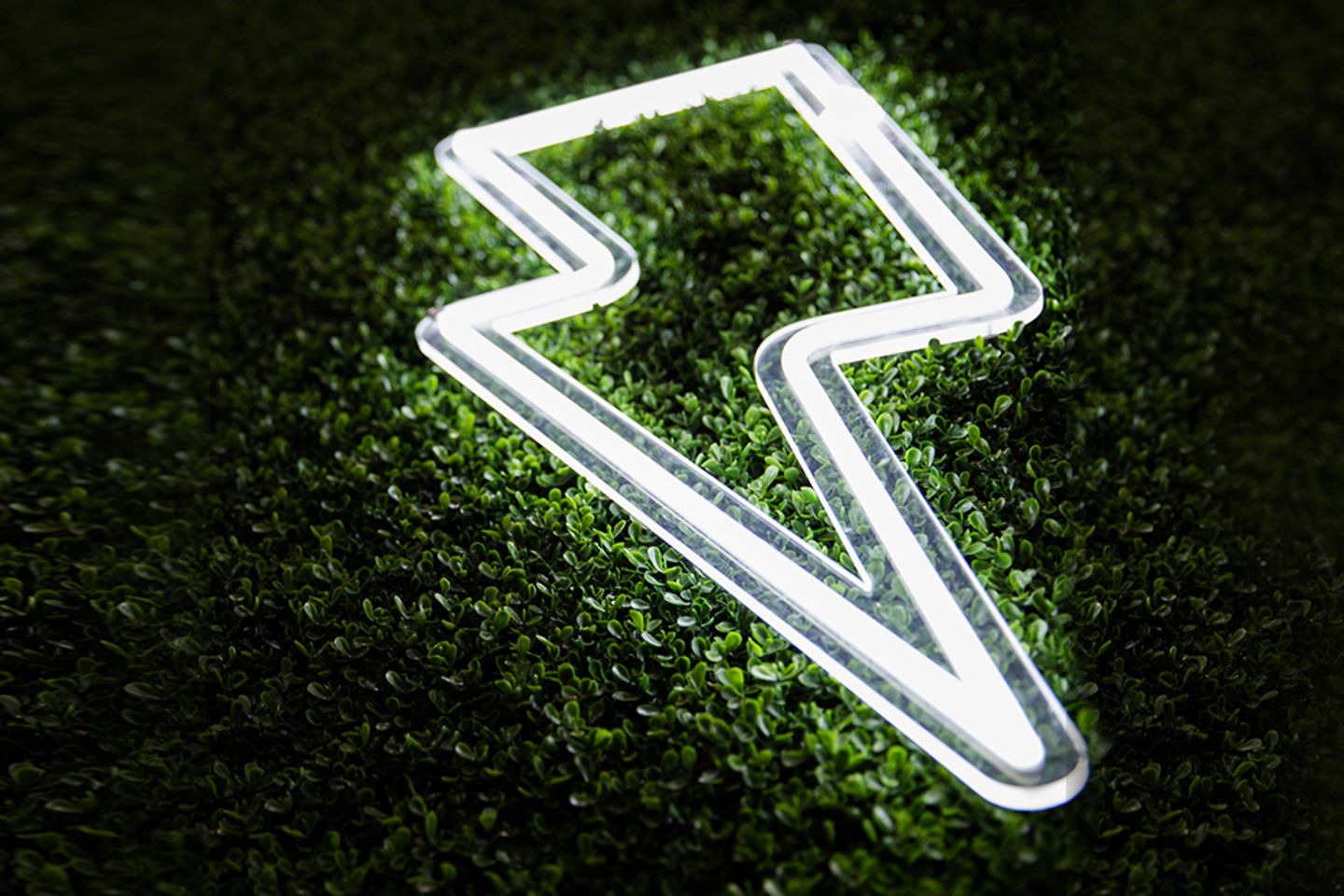
The electricity bill: in recent years, opening it was almost a pleasant experience. No price increases. But then came 2019 – and with the new year, an increase of five percent. Although it’s only mildly aggravating for me as a private consumer, it’s a relevant business dimension for data center operators such as colocation providers. Accordingly, colocation customers also faced higher bills starting in early 2019.
In green times like these, with an increasing focus on sustainability, the discussion on energy consumption is ongoing. At the same time, we are diving head-first into the digital era. Which isn’t exactly an indicator that we will start using our energy resources more sparingly. When these two trends converge, we quickly arrive at the subject of “green IT”. Enterprises that produce digital services face demands that they do so sustainably, in a way friendly to the environment, with a minimal carbon footprint. For the future of our world.
Of course, energy efficiency at data centers isn’t just something we need to help save the planet. As mentioned above, energy efficiency at data centers also has real business consequences. The local data centers in Frankfurt, for example, consume roughly a quarter of the city’s total energy demand. In the colocation sector, where costs play a decisive role, energy efficiency has even become a USP.
So it should come as no surprise that data center operators sometimes get creative when it comes to cutting energy costs. One of the first solutions involves moving the data center to the high north. Data center tourism loves Scandinavia – or even better, Iceland. Low average temperatures and low electricity costs (for energy that is largely produced from regenerative sources) are a nearly unbeatable combination. BMW, for example, has shifted part of its IT infrastructures to Keflavik. Such a step will also increase latency for the average Central European, however. This doesn’t have to be critical per se, but could be relevant for applications that demand high performance and real-time information.
Alternatively, Microsoft is also conducting experiments off the coast of Scotland – which isn’t exactly famous for its scorching temperatures, either – with data centers that are sunk in the waters of the North Sea. If a server can’t be restarted remotely, tough luck.
The relevant measure of energy efficiency of a data center is the PUE (power usage effectiveness). It indicates how much of the energy used by a data center is actually “delivered” to the servers and storage systems – or, as Dirk Kabelitz, head of the data center in Biere, puts it precisely: “the ratio of total amount of energy used by a data center to the IT stream of the equipment used.” Therefore, the lower this number, the better. The ideal value is 1. In reality, of course, this ideal is unattainable, due merely to the physics involved. Highly experimental structures at highly suitable locations have achieved values between 1.1 and 1.2.
In comparison: the average PUE of German data centers is around 1.8, according to experts. And that’s a good figure in international comparison. A server with a connected load of 1 kW, for example, that runs around the clock, will incur energy costs of roughly € 880 in one year. Calculated using an average commercial electricity price of 20 cents/kWh. In an average data center with a PUE of 1.8, an air conditioning load of 400 watts will add another € 700 to the actual server operating expenses. Total costs: around € 1,600.
Optimal data centers on dry land can achieve a PUE of 1.3. This is only a number at first, but a rough calculation shows the economic effects (economics is also a domain of numbers, after all). In a data center with a PUE of 1.3, only 150 watts are needed for air conditioning, incurring annual costs of a little over € 262, or € 1,150 in total. That’s a difference of over € 400. Per year. Per server. That means around 30 percent lower costs – for total server operations.
The data center in Biere, for example, achieves a PUE of 1.3. One of the tricks it employs is “passive” cooling: a sophisticated air cooling system is used to cool the servers initially. If this isn’t sufficient, the air in the data center is enriched with water vapor. Think of this as a “light” version of water cooling: the moist air can dissipate more heat. The air conditioning is only switched on if this second measure isn’t enough to lower server temperatures to the required level, either. Even during Germany’s picture-book summer in 2018, the air conditioning didn’t have to run more than one week in total. And that’s a factor that reduces energy consumption, lowers the PUE, and cuts energy costs. And that’s not all, of course.
Colocation? Always ask about the data center’s PUE. A lower PUE will have a real, positive impact on your budget.